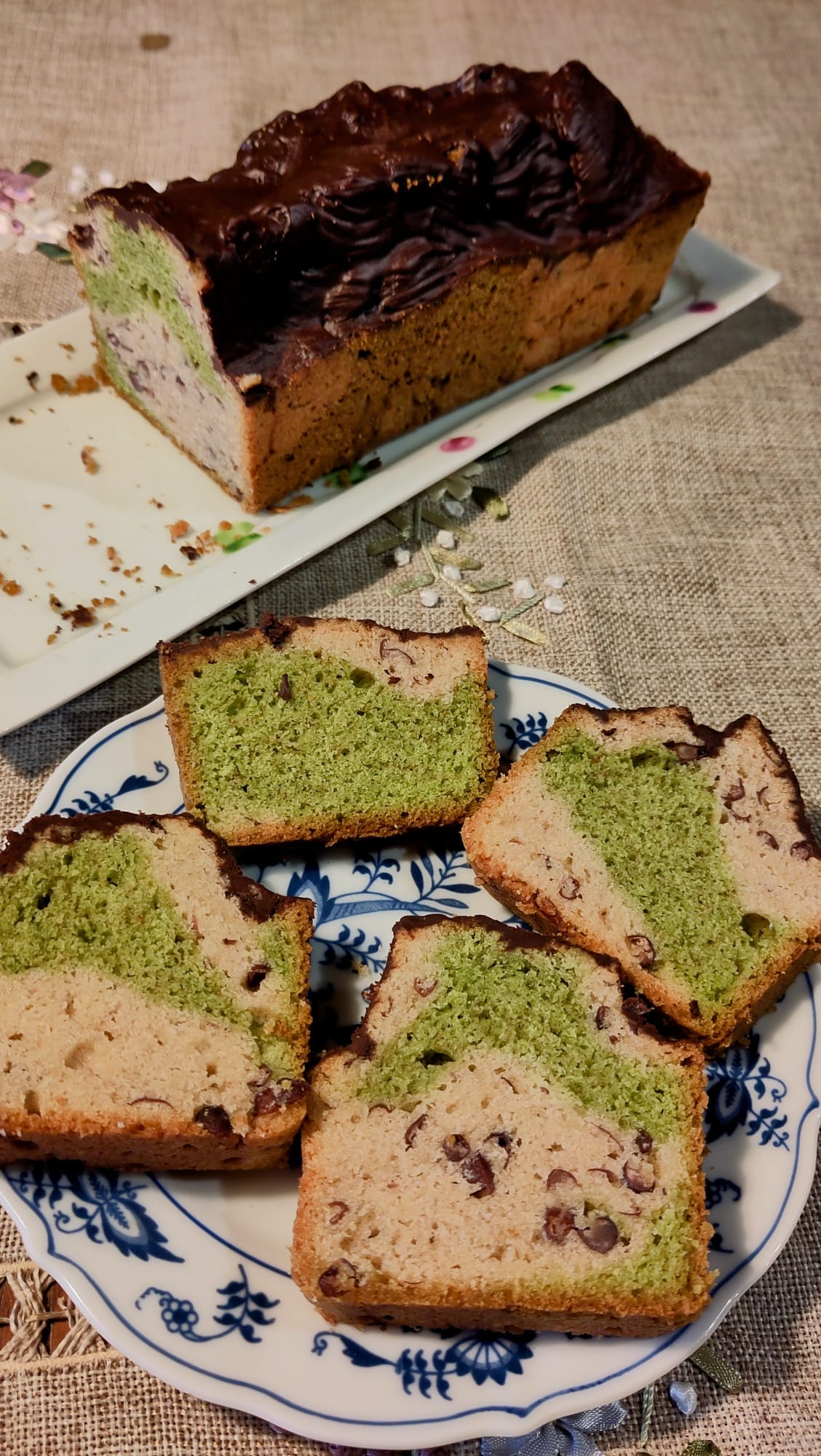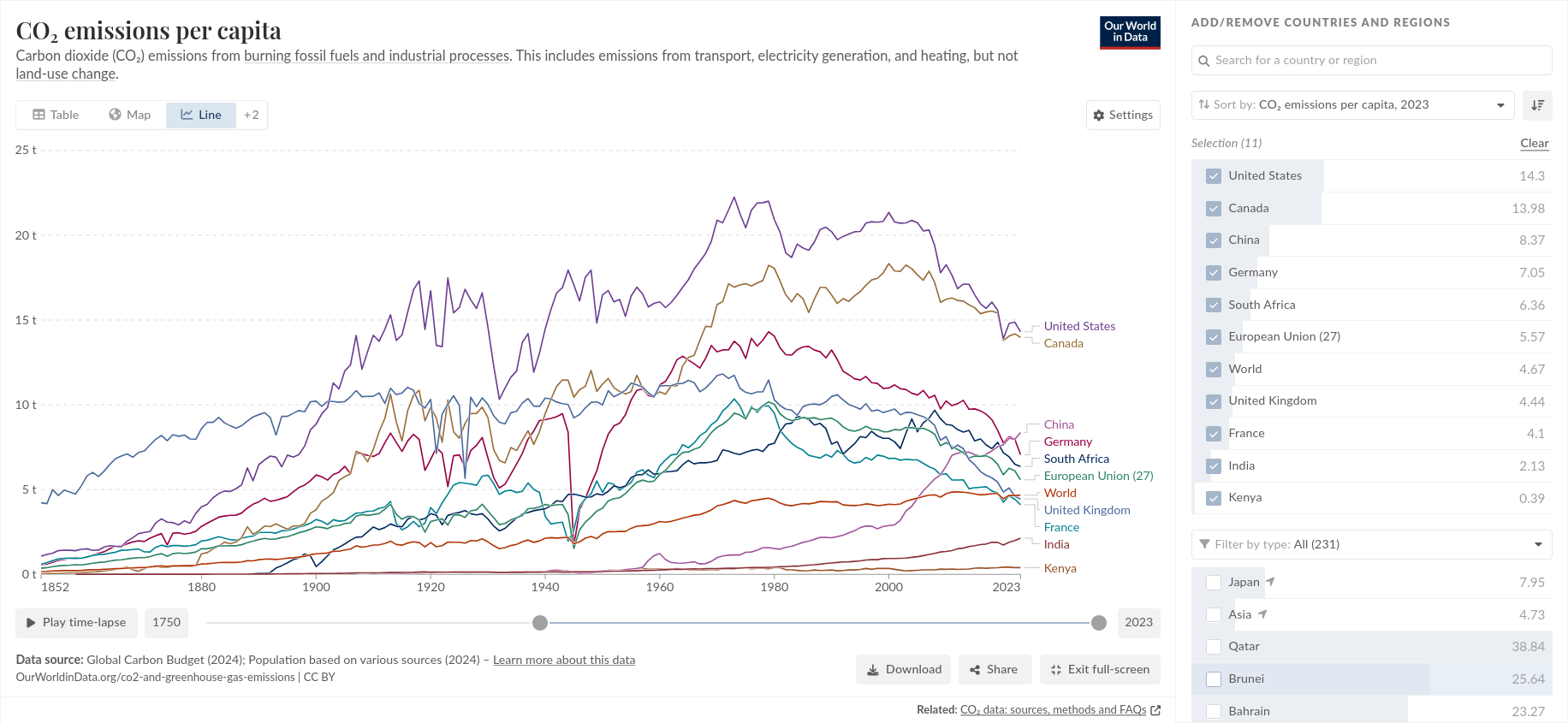This is part of the legend of the fight between Miyamoto Musashi and Sasaki Kojiro, supposedly the top Japanese swordsmen of their time, Kojira died. It's an illustration of the difference between bujutsu (martial technique/art) and budo (martial way). Bujutsu is only concerned with winning whatever the cost, regardless of honor or fairness, budo is about becoming a better person, so honor matters.
Judo (founder popularized this budo concept at the end of the 19th century), kendo, karatedo, aikido etc are budos, that's why those often appear as not being adapted to modern combat sports, their main goal is not winning combats.
Modern day bujutsu is basically western military training, learning to actually kill people with modern weapons and whatever dirty strategy you can employ, for example drones.
It's the authoritarian way, as seen in pretty much any country who had it.
I looked for the original article, abstract:
Human capital—encompassing cognitive skills and personality traits—is critical for labor market success, yet the personality component remains difficult to measure at scale. Leveraging advances in artificial intelligence and comprehensive LinkedIn data, we extract the Big 5 personality traits from facial images of 96,000 MBA graduates, and demonstrate that this novel" Photo Big 5" predicts school rank, compensation, job seniority, industry choice, job transitions, and career advancement. Using administrative records from top-tier MBA programs, we find that the Photo Big 5 exhibits only modest correlations with cognitive measures like GPA and standardized test scores, yet offers comparable incremental predictive power for labor outcomes. Unlike traditional survey-based personality measures, the Photo Big 5 is readily accessible and potentially less susceptible to manipulation, making it suitable for wide adoption in academic research and hiring processes. However, its use in labor market screening raises ethical concerns regarding statistical discrimination and individual autonomy.
The PDF is downloadable here: https://scholar.google.com/citations?view_op=view_citation&hl=en&user=2eia4X4AAAAJ&sortby=pubdate&citation_for_view=2eia4X4AAAAJ%3A_FxGoFyzp5QC
I don't have the time nor the expertise to read everything to understand how they take into account the bias that good looking white men with educated parents are way more likely to succeed at life.
If that doesn't work, see a plumber.
Kim Kardashian compressed with AI so her butt protrudes from her back.
I'm glad they finally had an easy to understand example of why depending on a closed source ecosystem from a foreign country is insane for any kind of public authority.
Je suis parti de cette recette qui donne un petit cake. https://www.papillesetpupilles.fr/2021/05/cake-au-the-matcha.html/
J'ai doublé la dose de matcha parce que trop legé. Je n'ai pas fait les blancs en neige parce que ça prend du temps sans ajouter grand chose à mon avis, j'ai juste mis les oeufs entiers directement.
Ensuite j'ai refait la même pâte mais en remplaçant le sucre et le matcha par environ 150 g d'azuki avec des morceaux. Ça risque de ne pas être facile de trouver la pâte de haricots rouge en France.
Puis j'ai alterné une boule de chaque sur trois niveaux.
Les amandes mondées au-dessus pour décorer mais ça tombe à la découpe. Une autre finition que j'ai faite et que je recommande plus, c'est de couvrir avec un mélange de chocolat noir et de beurre, potentiellement avec des éclats d'amandes ou de noisettes.

All of them have a negative side effects of the prescription is not respected. It seems the toxic dose per kilogram for aspirin is similar to the one for paracetamol, and the one for ibuprofen is about twice more.
You should just tell them you are, problem solved!
Which is generally even safer than aspirin and ibuprofen.
Maybe one starting point is the 2 tones of CO₂ estimated to be the annual budget per person to stay at 1.5°C of global warming (already passed). For people living in rich countries, staying under the 2t requires active efforts, it's possible since developing countries do it, but they are often considered too much of a hassle by the average rich country person: little to no individual car, little to no plane, home energy performance investments, smaller home, less animal food, shopping local etc.

As far as I understand, for the basic needs, it's totally possible to sustain the demographic peak that should be around 10 billion humans in 2100. But certainly not with the current level of resources consumption in rich countries.
See also the 8 other planetary boundaries that we would need to respect: https://en.wikipedia.org/wiki/Planetary_boundaries
climate change, ocean acidification, stratospheric ozone depletion, biogeochemical flows in the nitrogen cycle, excess global freshwater use, land system change, the erosion of biosphere integrity, chemical pollution, and atmospheric aerosol loading.








This Wikipedia page agrees with this comment: https://en.wikipedia.org/wiki/List_of_oldest_universities_in_continuous_operation. It lists University of Bologna as the oldest one in continuous operation from 1180–1190.